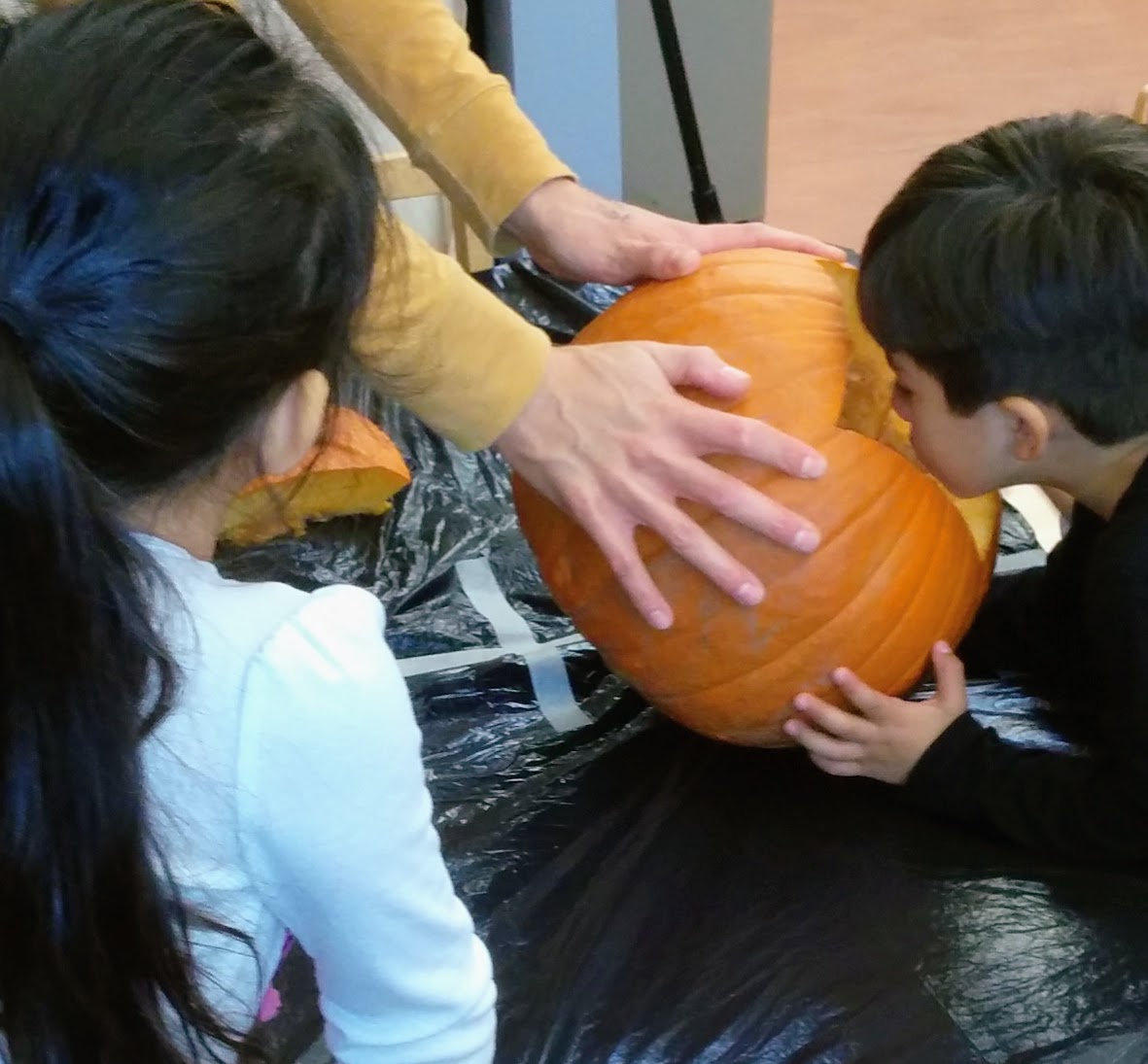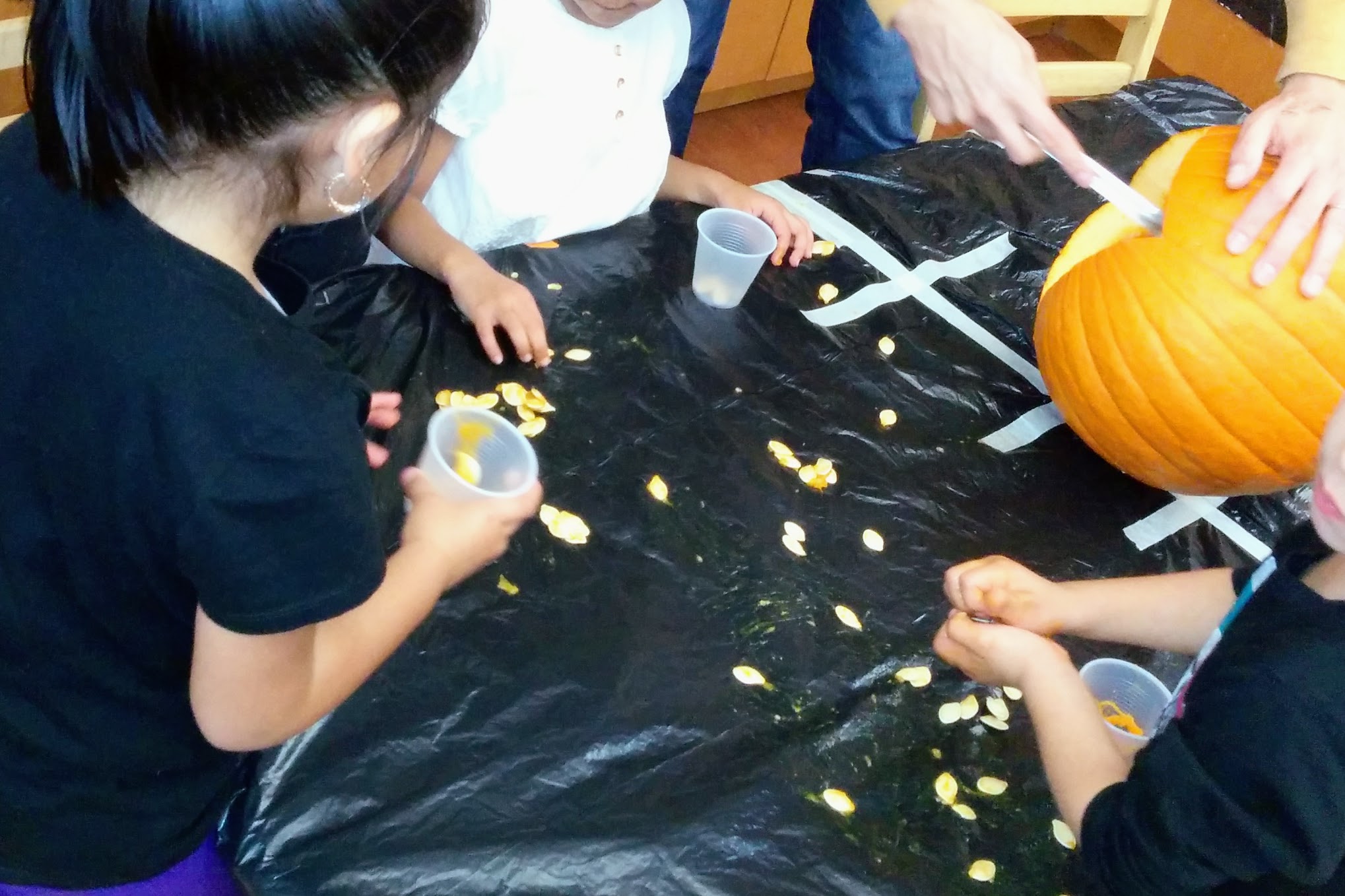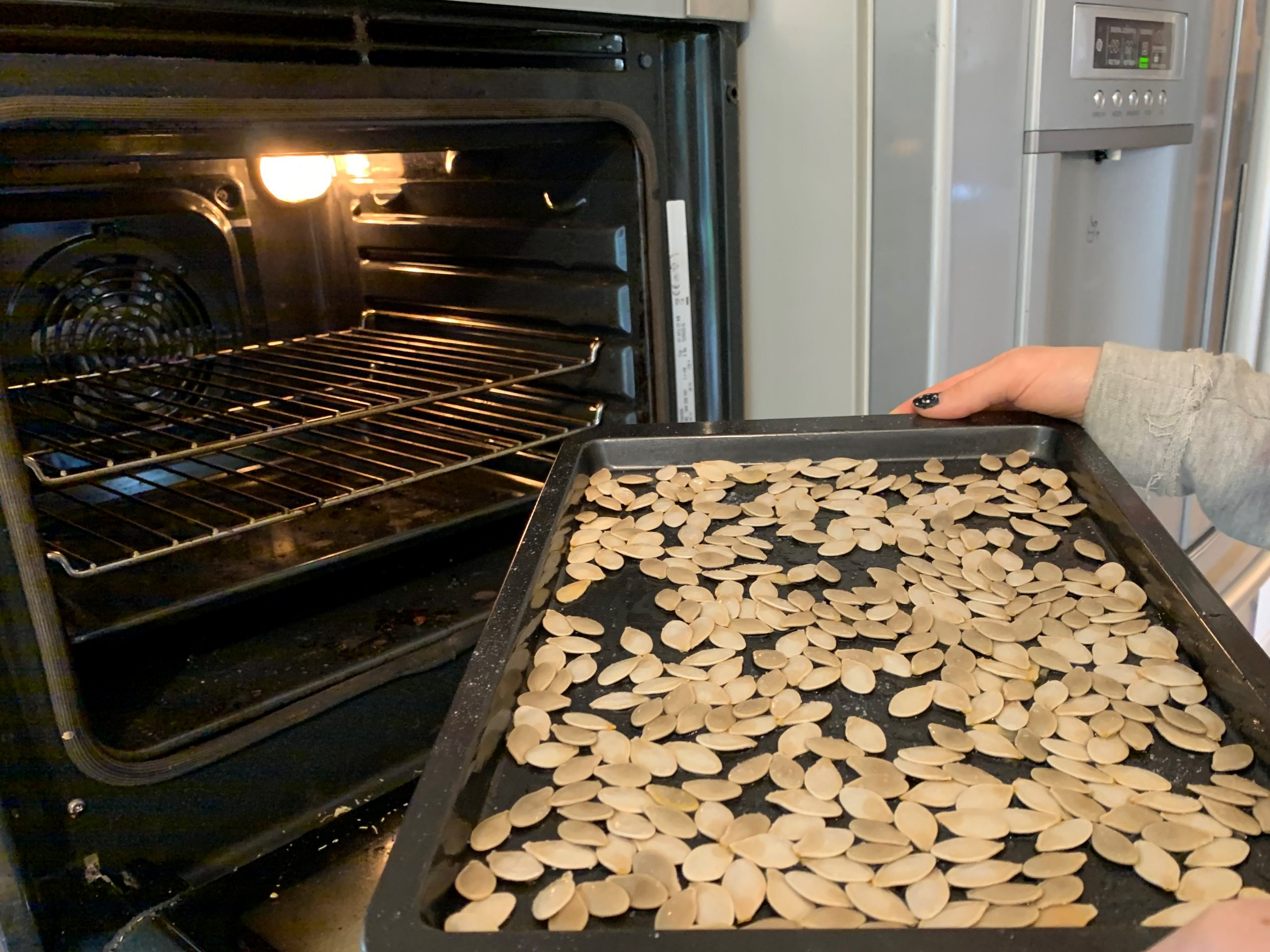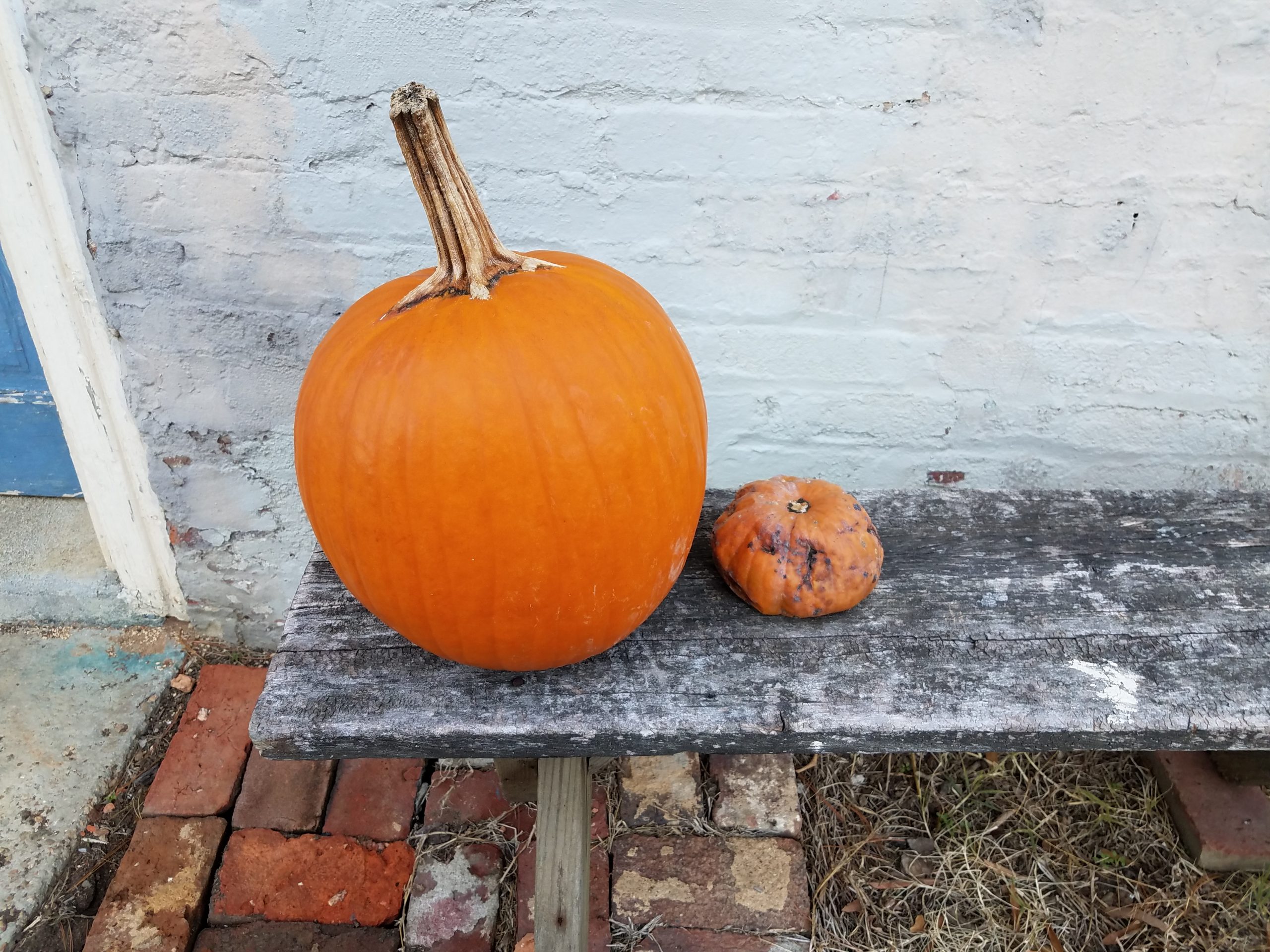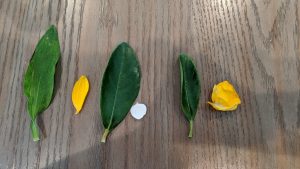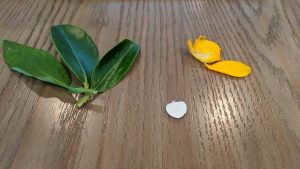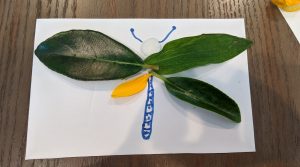We are officially in Autumn, and of course, with this season comes pumpkins! Here are few ideas on how to explore pumpkins in your program:
- Explore the outside of the pumpkin!
*Have children touch the shell and stem
How does it feels? Is it smooth, bumpy, hard?
What do you see?
What sound does it make?
What color is it?
Why does it have a stem?
- Explore the inside of the pumpkin!
*After exploring the outside, move to the inside. Carve out the stem and ask children to look inside, describing what they see. If they are comfortable, have them touch the inside, feel the pulp and seeds, describing this texture. Dig into the pulp and seeds by using a spoon to scoop it out. Ask children:
How does it feel?
What does it smell like?
What color is it?
What shape is it?
*For infants or children who are overstimulated with touching the raw pumpkin pulp, scoop the pulp and seeds in a freezer bag, glue the bag shut, and have them squish the bag
*With the pulp and seeds out, have the children separate the seeds from the pulp. As an added activity, have them count how many seeds they found
- Explore what happens after!
*Leave your pumpkin in a safe place inside or outside to observe the daily changes
*Ask children to notice the difference in color, texture, and smell
*Why is the pumpkin changing?
- Exploring taste!
* Rinse the seeds and lay them out to dry. Once dry, place them on a cookie sheet to roast. Have older children taste them (safety precaution choking hazard)
*Explore a pie pumpkin instead of a carving pumpkin, bake the pumpkin and have children try the pulp or use it to make a pie or cookies
Have a fun Autumn activity? Share your ideas with us at info@townsquarecentral.org
Explore your neighborhood or back yard if available and find leaf or petals, then once inside have fun with these 5 activities
- SORTING: Ask the children to sort the leaves and petals any way they want and then explain to the other children what their sorting rule was. (For example, one child might sort by color while another sorts by shape).
- COUNTING: Count the leaves and petals that each child has collected, or the number of leaves or petals in each category from the sorting activity above.
- RUBBING: Create leaf rubbing by placing paper on top of a leaf with the vein side up and using the side of a peeled crayon to rub over the leaf onto the paper and reveal the vein pattern.
- PRESSING: Have children arrange leaves and petals on a piece of waxed paper and place another sheet of waxed paper over the top. A grown up can use an iron to press the waxed paper pieces together sealing the leaves inside. (Clear contact paper could also be used).
- CREATING: Children can glue leaves and petals to paper in arrangements that look like insects, animals, birds, or whatever they imagine. They can use markers to add details to their creation.

